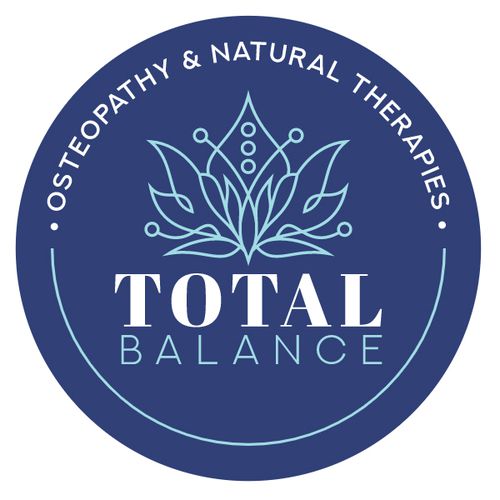
Ouch! Seeing professional sportsmen such as footballers go down with a pulled or torn muscle or corked thigh makes you realise that even the fittest of us can get injured. And if you have ever had an injury to a muscle, you know it stops you in your tracks – and it hurts.
It’s often hard to know who to turn to – do you consult your doctor, hope that the injury gets better by itself, or get some treatment for the injury? Firstly you should stop exercising and administer first aid – the “RICE” method” – rest, ice, compression and elevation, then get medical attention to assess the damage. A great form of therapy that could help your muscle injury is musculoskeletal therapy, which may help to alleviate the pain associated with the injury and set you on the road to recovery.
What is Musculoskeletal Therapy?
Musculoskeletal Therapy is a relatively new therapy. It takes a holistic approach to assessing and treating the musculoskeletal system using various specialised soft tissue and mobilisation techniques.
How Can Musculoskeletal Therapy Help My Muscle Injury?
A musculoskeletal therapist will use hands-on techniques to enhance movement and function in the affected area to rehabilitate your injury. The therapist may use:
- muscle energy techniques, where contracted muscles are released by alternately being stretched and made to work against resistance
- neuromuscular techniques
- joint mobilisation
- cupping
- dry needling, which is a form of Western medical acupuncture
- trigger point therapy
- stretching techniques.
Importantly, the therapist will assess the injury and treat according to what stage the injury is at, recommending rest when needed, and using the manual therapies at the right stage.
You may also be given a tailored program of stretches and exercise to take home, and advised how much to do, when to rest and when you can start exercising normally again.









